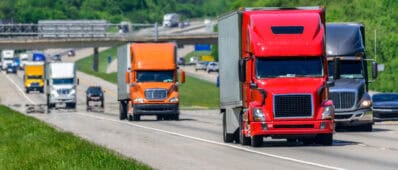Abstract
This report explores opportunities for employing autonomous driving technology to dampen stop-and-go waves on freeways. If successful, it could reduce fuel consumption and emissions. This technology was tested in an on-road experiment with 100 vehicles over one week. Public stakeholders were engaged to assess the planning effort and feasibility of taking the technology to the next level: a pilot involving 1000+ vehicles over several months. Considerations included the possible geographical boundaries, target fleets of vehicles, and suitable facilities such as bridges or managed lanes. Flow smoothing technology may improve the user experience and operations of managed lanes or bridges, however, it may require external incentives such as reduced tolls to entice the traveling public to use it. This must be matched with other goals such as verifying vehicle occupancy. It might be possible for some hybrid solution that addresses both challenges to provide a way forward. A concept of operations needs to be developed specifically for a target road geometry and a California partner. This concept should benefit from lessons learned from previous pilot projects and will need to be defined so as to achieve both (1) a penetration rate sufficient to achieve measurable effects; and (2) sufficient quality and quantity of data to confirm benefits.




